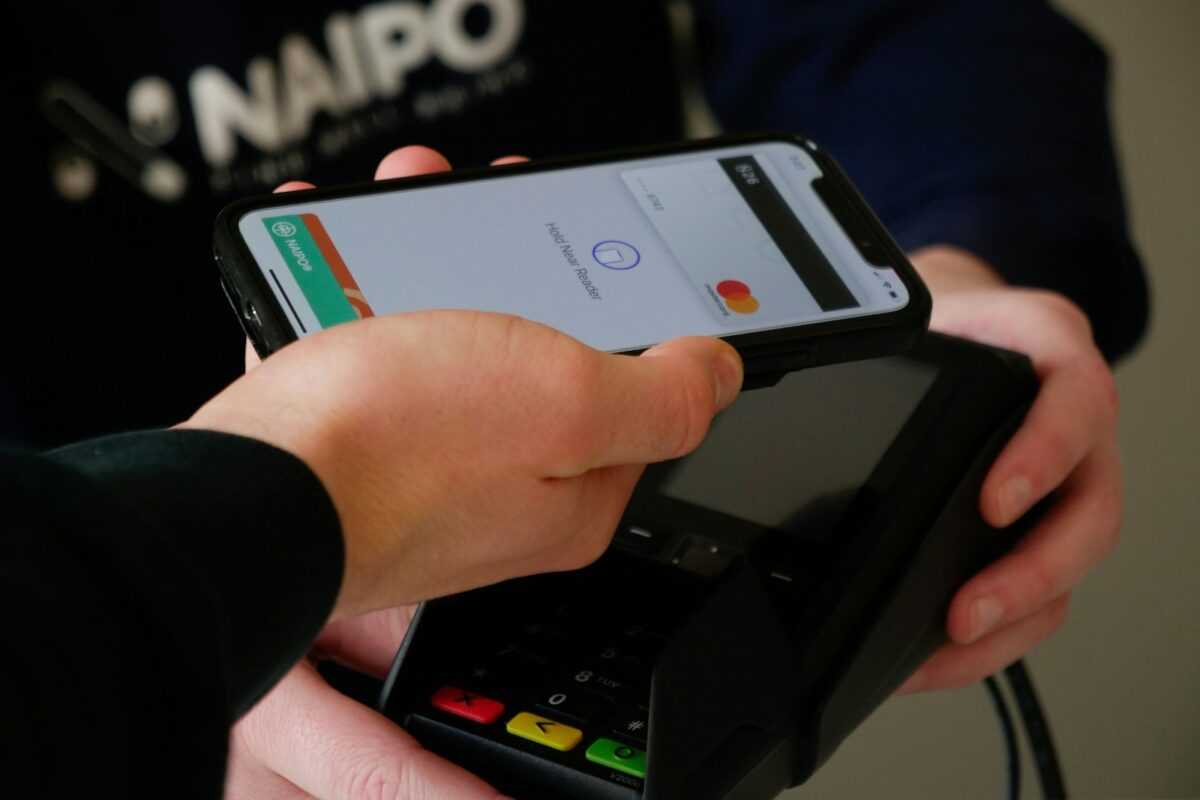Decentralization – removing single points of failure
Adopting a distributed architecture significantly enhances system resilience by eliminating central vulnerabilities that often lead to operational collapse. Concentrated control structures expose organizations to heightened risk, as disruptions in these critical hubs can cascade rapidly, crippling entire networks. Transitioning to decentralized frameworks disperses authority and processing loads across multiple nodes, thereby diminishing the likelihood of … Read more










